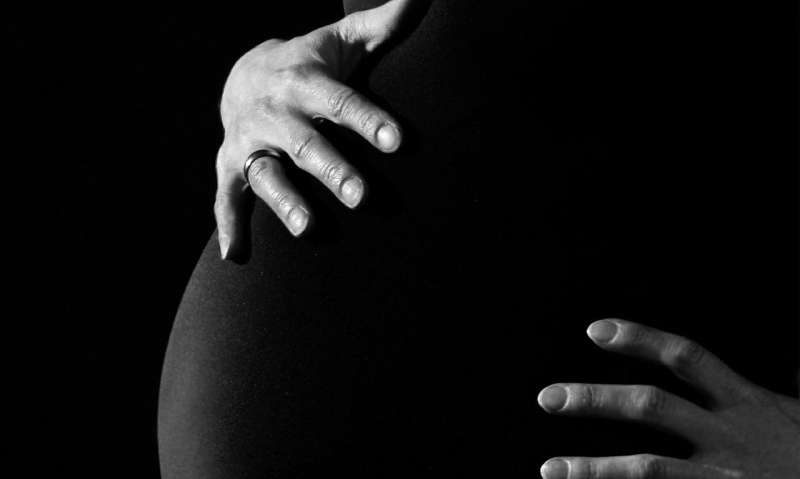Changing hypertension definition may identify more high-risk pregnancies

A shift in the definition of high blood pressure may help identify more women who are at risk of developing life-threatening complications during pregnancy and delivery, suggests a new study from Columbia University Vagelos College of Physicians and Surgeons.
Under the stricter definition, more than 50,000 additional women each year in the United States could become eligible for treatment with aspirin in pregnancy, which lowers the risk of developing preeclampsia, a sudden increase in blood pressure that can lead to stroke, seizures, hemorrhage, and death.
The study is published online in JAMA Network Open.
Changing Hypertension Definitions
In 2017, the American College of Cardiology and the American Heart Association changed the definition of hypertension, lowering the threshold from 140/90 mm Hg and above to 130/80 mm Hg and above. Guidelines from the American College of Obstetrics and Gynecology for diagnosing hypertension during pregnancy, however, have not changed and the threshold remains 140/90 mm Hg and higher.
Besides generating confusion among women who are considered hypertensive before pregnancy but normal during pregnancy, the different thresholds may affect treatment to prevent preeclampsia. Women who have high blood pressure before pregnancy or during the first 20 weeks of pregnancy have a greater risk of developing preeclampsia and are given baby aspirin to reduce the risk.
"We wanted to find out if pregnant women who would be diagnosed with hypertension using the lower threshold have a greater risk of developing preeclampsia. If so, these women might benefit from baby aspirin," says Natalie Bello, MD, MPH, assistant professor of medicine at Columbia University Vagelos College of Physicians and Surgeons and leader of the study.
Preeclampsia Risk High in Women with Chronic Hypertension at Lower Threshold
In the study, the researchers analyzed data from 2009 to 2014 from more than 137,000 pregnancies in an ethnically diverse patient group. Using both guidelines, the study classified the women into different hypertension groups, including chronic hypertension (hypertension before pregnancy or during the first 20 weeks) or gestational hypertension (new hypertension after 20 weeks).
Not surprisingly, lowering the threshold for diagnosing any hypertension increased its prevalence—from 10.3% to 28.1% in the study's population.
But women with hypertension according to the lower cutoff also had a greater risk of preeclampsia. Overall, the risk of preeclampsia was nearly five times higher in this group compared to women who did not have hypertension using either definition.
The greatest risk of preeclampsia was seen in about 2% of the women who had gestational hypertension under the original guidelines but chronic hypertension under the newer definition. Preeclampsia risk was more than 13 times higher in this group compared to women who were not hypertensive.
Should More Women Receive Aspirin in Pregnancy?
ACOG currently recommends low-dose aspirin (81 mg daily) for pregnant women who have risk factors for preeclampsia, such as chronic hypertension, kidney disease, and diabetes.
"The jump in risk among pregnant women who crossed from gestational to chronic hypertension when we applied the different guidelines was dramatic," Bello says. "These women are on a trajectory that could warrant treatment with low-dose aspirin, which is the only medication that has been shown to prevent chronic hypertension from progressing during pregnancy."
Some researchers have suggested that all pregnant women should be given baby aspirin, since the risk of adverse events with this medication is so low. But all medications—including over-the-counter drugs—carry risks.
"The best way to determine if low-dose aspirin safely reduces preeclampsia risk in this group of pregnant women is to conduct a large randomized, placebo-controlled clinical trial," Bello says. "The cost of this type of trial is enormous, but the cost of just one maternal death is staggering.
"I hope that our findings spark a conversation about rethinking the guidelines for diagnosing hypertension during pregnancy."
More information: Prevalence of Hypertension Among Pregnant Women When Using the 2017 American College of Cardiology/American Heart Association Blood Pressure Guidelines and Association with Maternal and Fetal Outcomes, JAMA Network Open (2021). DOI: 10.1001/jamanetworkopen.2021.3808



















